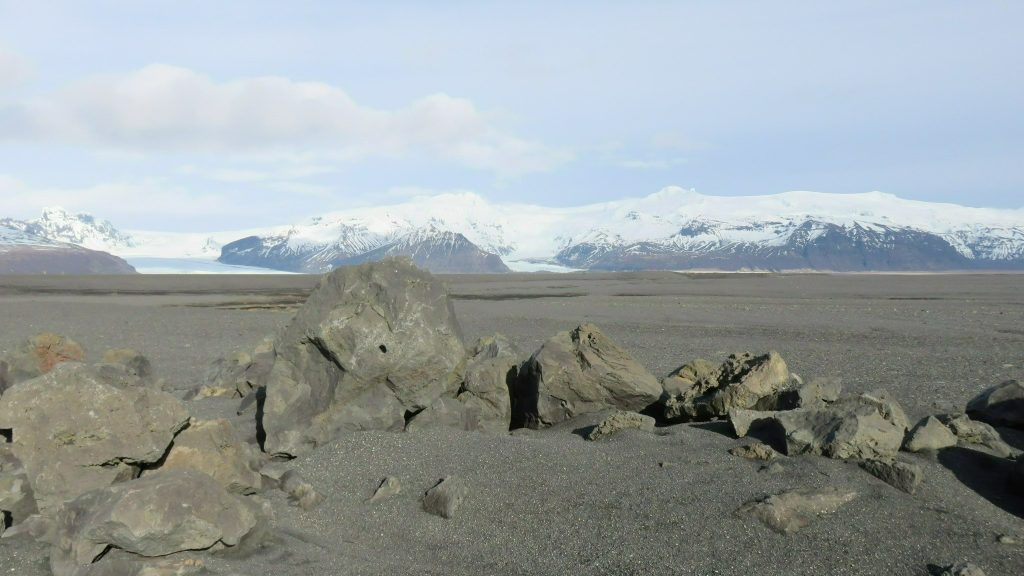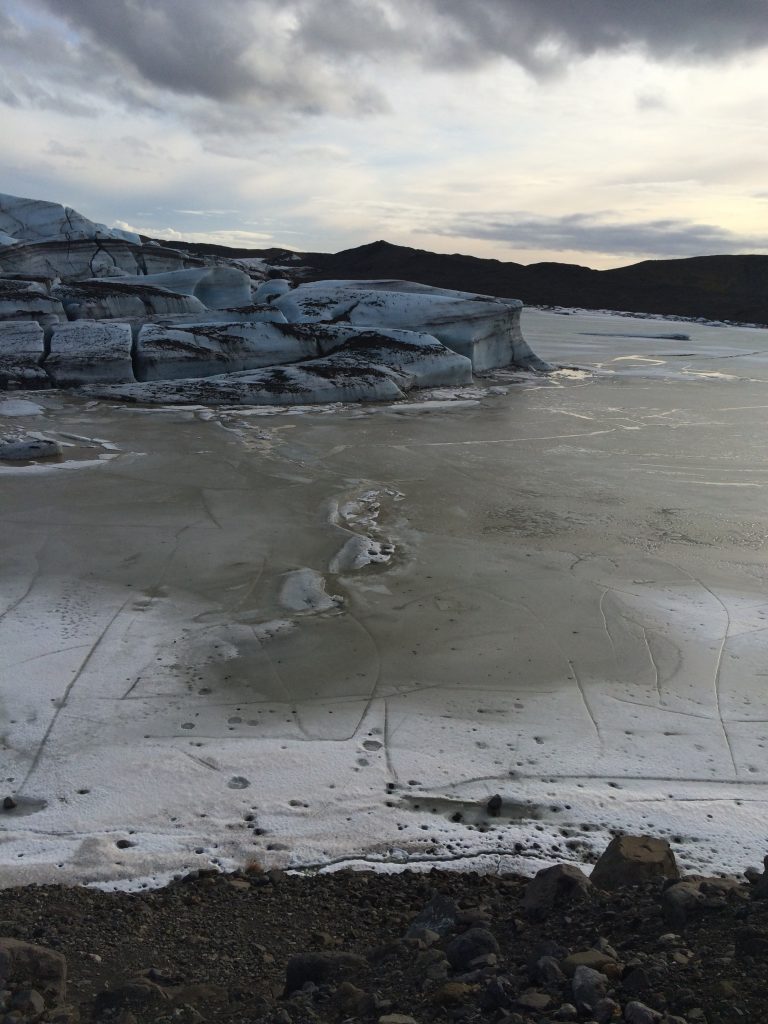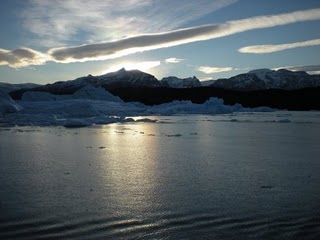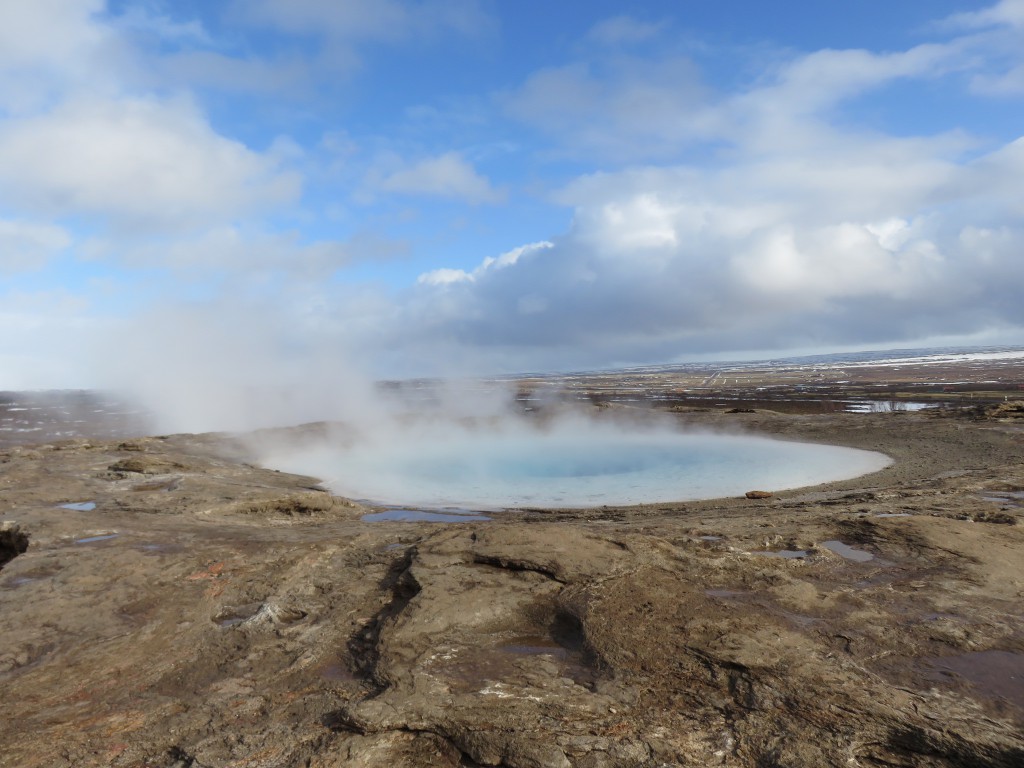Southern Iceland: the Sleeping Giants

In the south of Iceland, lies a vast portion of the land’s glacier and mountain systems. In many parts, there are sections of tundra and hill country from the west before the one road takes you into a serene, though somewhat drab environment of ash and gravel lowlands. The area immediately surrounding the mountains is newly exposed from receding glaciers, and the flora and fauna there are never set to grow long before debris flows from the volcanoes reset the landscape every so often. Take time to enjoy the otherworldly landscape of this barren expanse, and as you rest by the scrap memorial of the Skeiðará bridge, bent and torn apart by a flood caused by subglacial volcanic eruption, reflect on the relentlessness of nature in the face of created obstacles.


Among the first of these meandering ice-giants you will see is the Svinafellsjӧkull glacier. Carving a swath through the young volcanic mountain chain of southeast Iceland, it dips into a small lagoon of its own making. Now receding, there is an incredible ice lake before the glacier, with streams from the ice caves and crevasses pouring out. My father and I hiked up a portion of the glacier to where we could see the blue crest of the glacier. It’s a dramatic introduction to the span of glaciers that blanket the southeast of the island, and very much worth the trek to overlook the wasteland one would pass to reach this place.


Next on the eastward road, one will encounter the Jökulsárlón glacial lagoon. In the early spring, the sun is shown on the broken ice like crystal glass, and one will encounter glacial chunks breakoff and become icebergs as they churn within the embankment and flow out to sea. Nearby is a beach of black sand and gravel, with icebergs washing ashore. Their translucent, wet forms betray how hard the icebergs truly are, and one can almost walk out onto the floating ice at their own peril.
The ice lagoon is a testament to the beauty of the subarctic world, whose environs demand a light step to thrive in. Life here is often slow and quiet, but one mustn’t become either too placid or too hasty and instead remain focused on the moment. To see an iceberg capsize and expose its deep blue crystalline underside was a sublime moment for me. It was a glance into a parallel world as I, a man of Florida, a land of languishing heat, motion, and color, to look into the static, cold, unchanging darkness of the ice. It was a trek to Niflheim, the world of ice and mist of northern myth, in the blink of an eye.




Comments